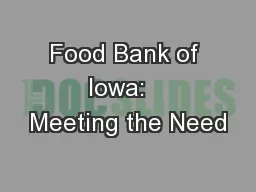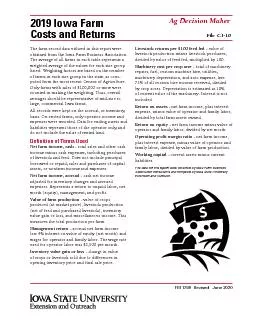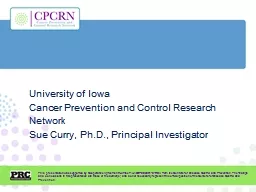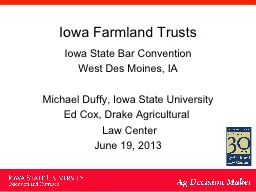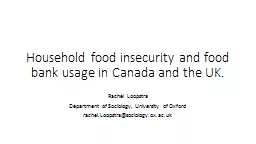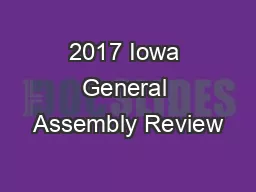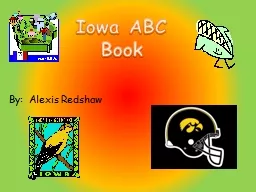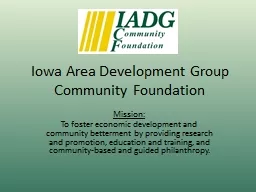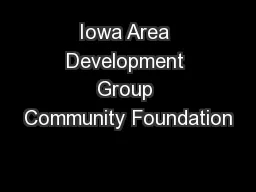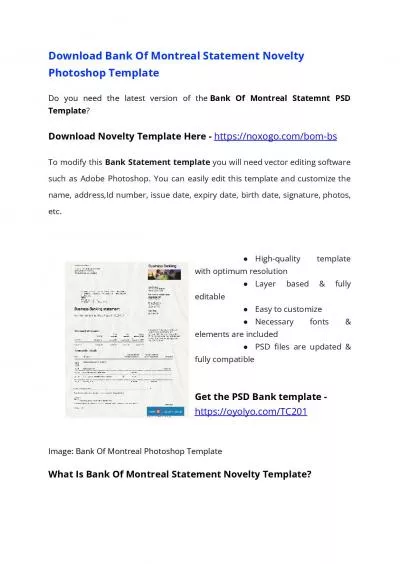PPT-Food Bank of Iowa: Meeting the Need
Author : debby-jeon | Published Date : 2018-03-22
2017 Tuesday May 16 Breakout 2 Senior Food Insecurity in Iowa Objectives Identify two groups of seniors at greater risk for food insecurity List two health consequences
Presentation Embed Code
Download Presentation
Download Presentation The PPT/PDF document "Food Bank of Iowa: Meeting the Need" is the property of its rightful owner. Permission is granted to download and print the materials on this website for personal, non-commercial use only, and to display it on your personal computer provided you do not modify the materials and that you retain all copyright notices contained in the materials. By downloading content from our website, you accept the terms of this agreement.
Food Bank of Iowa: Meeting the Need: Transcript
Download Rules Of Document
"Food Bank of Iowa: Meeting the Need"The content belongs to its owner. You may download and print it for personal use, without modification, and keep all copyright notices. By downloading, you agree to these terms.
Related Documents

